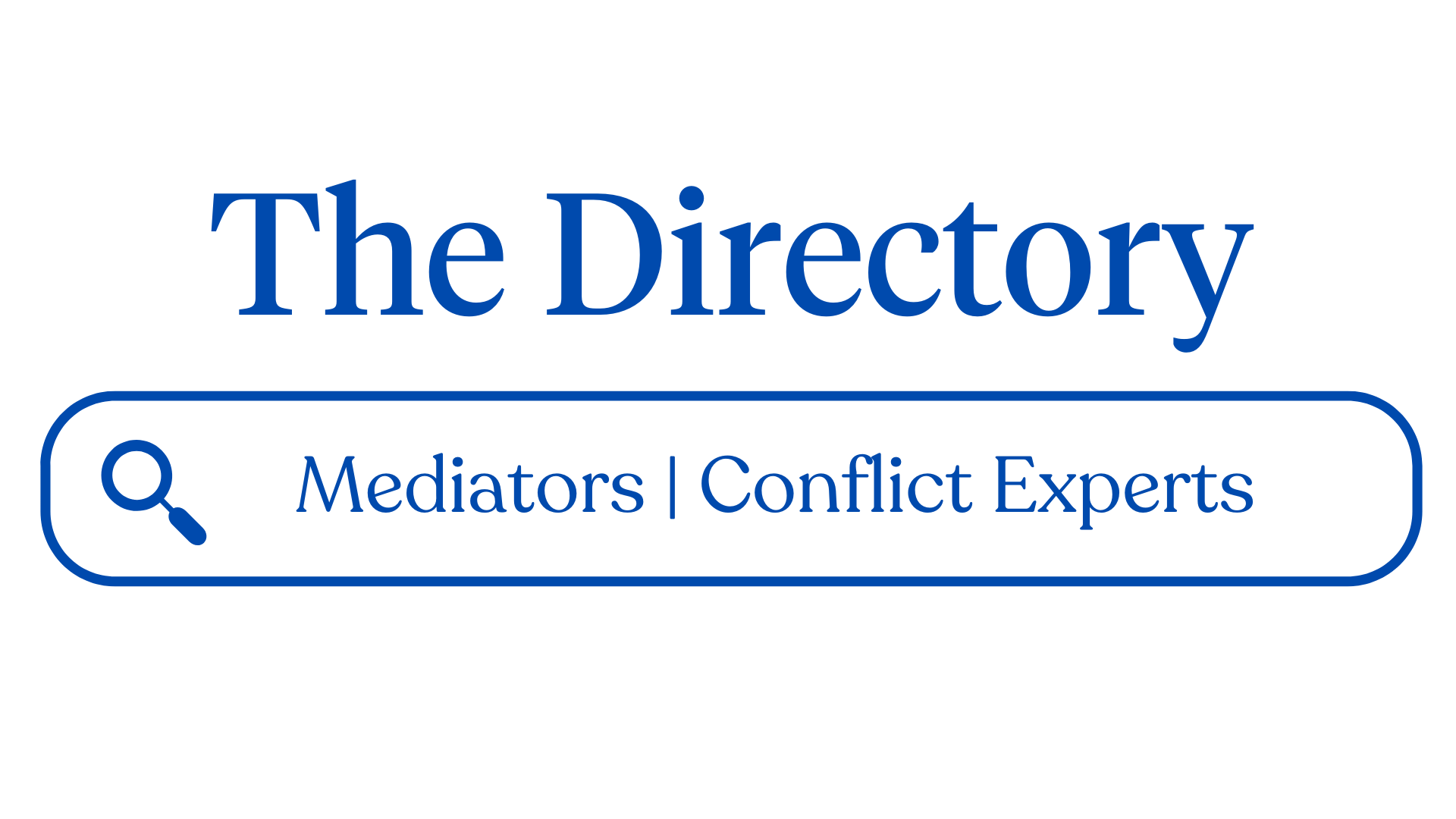Understanding the Nuances of Mediation: Getting to Yes in Commercial Negotiations
Understanding Mediation: Your Secret Tool in Business Negotiations

Commercial negotiations are rarely straightforward. Even with strong legal advice and experienced commercial teams, complex interests, entrenched positions, and competing priorities can obstruct agreement. For business leaders and lawyers alike, the challenge is not simply to win a legal point but to reach outcomes that deliver real value for their organisations or their clients. Mediation has become a central tool in achieving that goal. It provides a structured process in which parties can move beyond rigid positions, explore shared interests, and ultimately get to yes.
However, effective mediation requires more than a superficial understanding of the process. To unlock its full potential, business leaders and legal professionals need to appreciate its nuances, the subtleties of negotiation dynamics, and the mediator’s role in guiding parties towards agreement.
The distinction between positions and interests
One of the most common obstacles in commercial negotiations is the tendency for parties to focus exclusively on positions. A position is the stated demand, such as a sum of money claimed or a contractual obligation contested. Positions are often rigid, framed in legalistic terms, and presented as non-negotiable.
Mediation invites parties to look beyond positions to the underlying interests. Interests represent the real needs and motivations driving behaviour. For a supplier, an interest may be future business continuity rather than immediate payment. For a customer, it may be the assurance of reliable performance rather than a refund. Identifying these interests allows for creative solutions that rigid positional bargaining would obscure.
Understanding the distinction between positions and interests is fundamental to getting to yes. It enables business leaders and their legal advisers to shift the conversation from confrontation to collaboration.
The mediator’s subtle role
A skilled mediator does far more than shuttle between rooms carrying offers. The mediator creates an environment in which parties feel heard, respected, and able to explore options without committing prematurely. This requires careful management of tone, timing, and trust.
In practice, mediators may reframe language to reduce hostility, ask probing questions to uncover hidden interests, and test possible outcomes without attributing them to either party. The mediator’s neutrality provides cover for parties to make concessions without losing face. Business leaders and their lawyers who understand this dynamic can use the mediator effectively, sharing concerns and strategies in confidence while relying on the mediator to manage their expression.
The mediator’s nuanced role also involves helping parties evaluate risk. Without giving legal advice, mediators can encourage reflection on litigation costs, reputational risks, and the uncertainty of court outcomes. This subtle reality testing often shifts negotiations towards settlement.
Timing and preparation
One nuance often overlooked is the importance of timing. Mediation works best when deployed at the right stage. Too early, and parties may not yet have enough information to compromise. Too late, and legal costs and entrenched positions may block constructive dialogue.
For business leaders, preparation is critical. A successful mediation requires more than turning up with legal counsel. Parties should come prepared with a clear understanding of their commercial priorities, fallback positions, and creative options for resolution. Leaders should also consider the broader relationship. Is this a one-off dispute or part of a long-term partnership? The answer will shape the negotiation strategy.
Lawyers play a vital role in preparation by clarifying legal risks, but they must also work with their clients to ensure commercial objectives are clearly articulated. The most effective mediations occur when the client, the lawyer, and the mediator work together with a shared understanding of desired outcomes.
Creating value through options
A powerful feature of mediation is the ability to generate value through options that would not be available in litigation. Courts can award damages or enforce contractual terms, but they cannot redesign a business relationship. Mediation allows for flexibility.
For example, disputes over performance delays may be resolved by adjusting delivery schedules, revising pricing models, or extending the duration of a contract. Partnership disputes may be addressed by restructuring responsibilities rather than dissolving the venture. Intellectual property disputes may be resolved by licensing arrangements rather than prohibitions.
These solutions are often only possible once the parties, guided by the mediator, move from rigid bargaining to collaborative problem solving. Business leaders who embrace this creativity can unlock settlements that not only resolve disputes but also strengthen commercial outcomes.
The psychology of negotiation
Commercial negotiations are as much about psychology as about law. Pride, fear, and the desire to appear strong often drive behaviour as much as contractual terms. Mediation acknowledges this human dimension. The confidential nature of the process provides a safe space where parties can explore concessions without public exposure. The presence of a neutral mediator helps temper emotions and refocus attention on solutions.
For lawyers, recognising the psychological dynamics is critical. Advisers who prepare their clients for the emotional aspects of negotiation, not just the legal arguments, enable them to participate more effectively. For business leaders, the recognition that compromise is not weakness but strategic pragmatism can transform outcomes.
The importance of communication
Nuanced mediation depends on communication. Lawyers may sometimes default to adversarial language that reinforces positions. In mediation, more constructive language is required. Phrases such as “we are concerned about” or “we would like to explore” are more effective than “we demand” or “we refuse.”
The mediator often helps reframe communication, but parties can also prepare by adopting language that opens space for dialogue. Equally important is listening. Many disputes remain unresolved because parties fail to listen to what is truly being said. Mediation provides an opportunity to listen actively and to demonstrate understanding, which in turn encourages reciprocity.
Working with lawyers in mediation
For business leaders, a common question is how lawyers fit into mediation. The answer lies in partnership. Lawyers provide essential legal context, risk assessment, and drafting expertise. However, mediation is not simply about legal rights but about commercial solutions. The most effective mediations occur when lawyers and clients collaborate closely, with the lawyer ensuring legal safeguards while the client explores commercial options.
For lawyers, the nuance is in balancing advocacy with facilitation. An aggressive litigation stance may secure advantage in court but can undermine progress in mediation. Lawyers who adapt their style, advocating firmly but constructively, add significant value to the process.
Getting to yes
Ultimately, the purpose of mediation is to move beyond deadlock and reach agreement. Getting to yes does not mean one side wins and the other loses. It means achieving an outcome that is acceptable to both, protects core interests, and allows the parties to move forward.
For business leaders, getting to yes may mean securing continuity of supply, preserving a joint venture, or avoiding reputational damage. For lawyers, it may mean securing a settlement that avoids costly litigation while protecting legal rights. For both, mediation provides a pathway to outcomes that are legally sound, commercially effective, and practically achievable.
Conclusion
Mediation is no longer a peripheral option in commercial dispute resolution. It is central to effective negotiation and risk management. By understanding the nuances of the process, business leaders and their legal advisers can unlock its full potential. They can move beyond rigid positions, embrace interest-based negotiation, and harness the mediator’s role to get to yes.
In an era where time, reputation, and relationships are as valuable as money, mediation offers more than resolution. It offers an opportunity to turn conflict into collaboration and to secure agreements that deliver lasting commercial value. At Tregaskis Mediation, we work with businesses and legal professionals to navigate these nuances, helping them to not only resolve disputes but to build stronger, more resilient commercial relationships.











